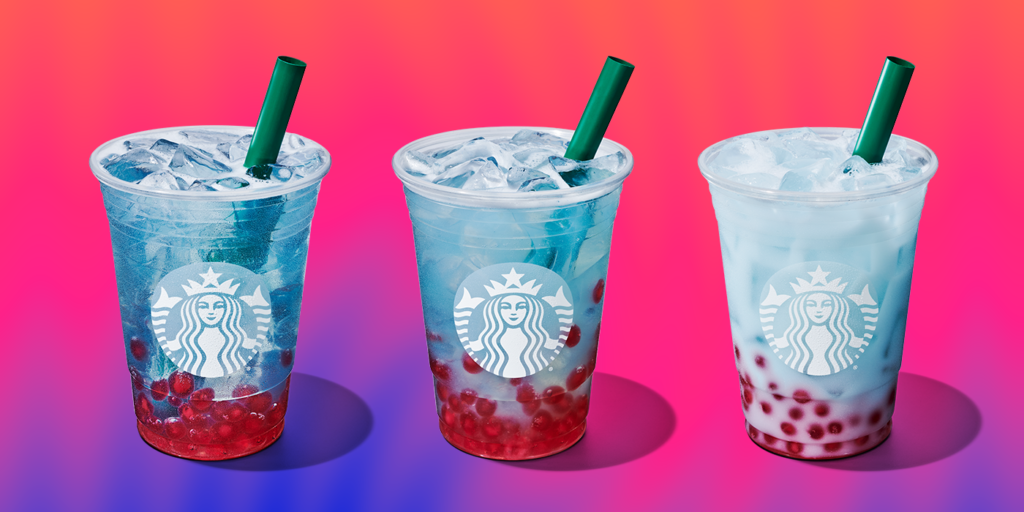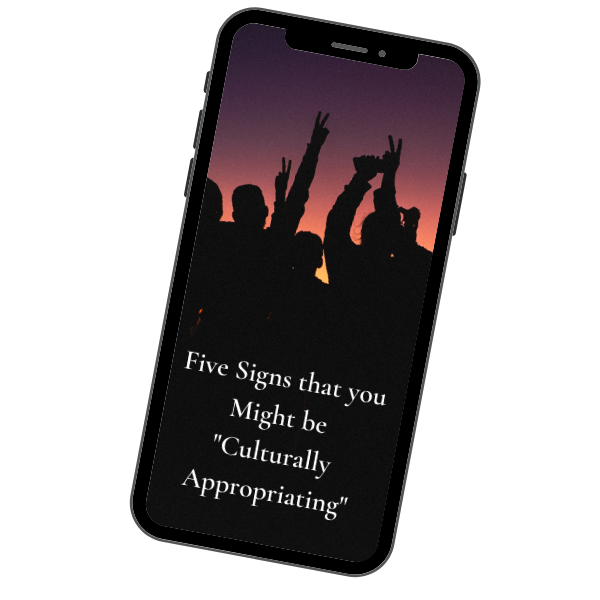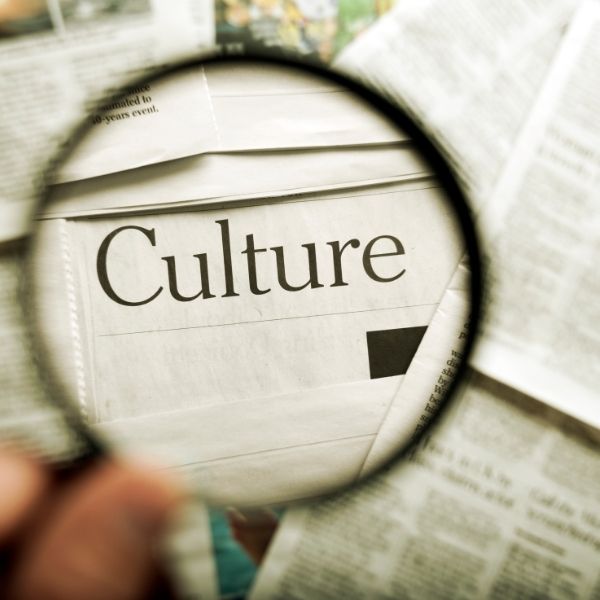Recently, Starbucks has launched their Summer Berry fruit drink with hints of cool berries and bursting raspberry pearls.
This bright blue Starbucks Refreshers with “pearls” at the bottom of the glass is a new start for the brand with fruit-based drinks. They chose a combination of summer berries that inspired the drink’s name with the flavours of blueberries, blackberries, and raspberries, and to add a refreshing pop of flavour and bright colour, the team added juicy raspberry-flavoured red pearls. . The brand on its website claimed that they drew inspiration from drinks around the world, especially Asian beverages with boba or pearls that have been popular for decades.

Bubble tea, also known as boba drink, pearl tea drink, or boba tea is a Taiwanese drink, originated in Taiwan in the mid-1980s. Soon it became very popular, and different variations of the drink have evolved since then, especially throughout Taiwan and other East Asian locales such as Singapore, Hong Kong, and Japan.
Boba tea is not restricted to the East Asian region now; it has become a very popular beverage all around the world. It enjoys a huge fanbase worldwide. Not just Starbucks, various cafes, restaurants, and beverage shops are selling boba tea all around the world.
But the adoption of this Boba-based drink by Starbucks has sparked a debate of cultural appropriation. Critics argue these drinks, which resemble traditional beverages like East Asian boba, lack proper cultural acknowledgment. While some see this as a nod to cultural diversity, others view it as simplification and commercialization without respecting the origins.
Now, the question arises: is it cultural appropriation or appreciation?
Cultural appropriation refers to the adoption of elements of one culture by members of another culture, often without permission and typically in a way that is disrespectful or exploitative. Profiting from a cultural element without benefiting or involving the originating culture can be seen as exploitation. If Starbucks fails to acknowledge the cultural origins of Boba tea, it might be seen as appropriation.
On the other hand, cultural appreciation involves acknowledging and respecting the origins of a cultural element, often engaging with it in a meaningful way that honours its heritage. Appreciation also includes involvement and benefit sharing, such as involving members of the origin community in the creation and marketing of the product, and ensuring some benefits go back to these communities.
If Starbucks clearly acknowledges the origins of Boba tea and its cultural significance in its marketing and messaging and contributes something towards the origin community, this leans towards appreciation.
To determine whether Starbucks is causing appropriation or not, we need to consider these facts.
- Does Starbucks provide information about the origins and cultural significance of Boba tea in their marketing materials?
- Are there any partnerships with Asian communities or businesses? Are there efforts to give back to these communities?
- Is the product presented in a way that respects and maintains the authenticity of traditional Boba tea?
Sucharita Ghosh, Jotkulture






